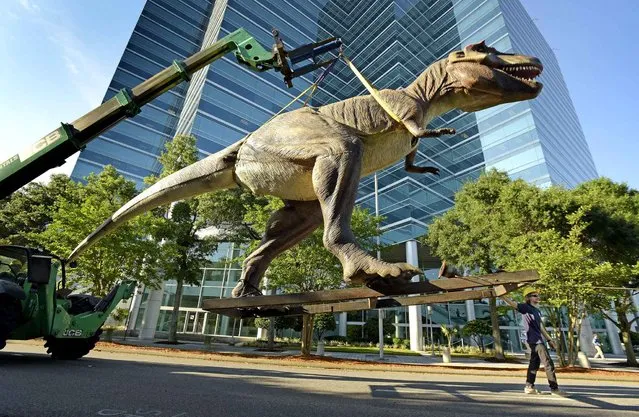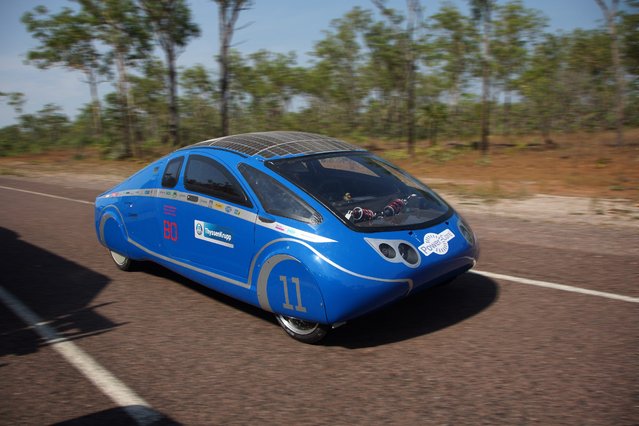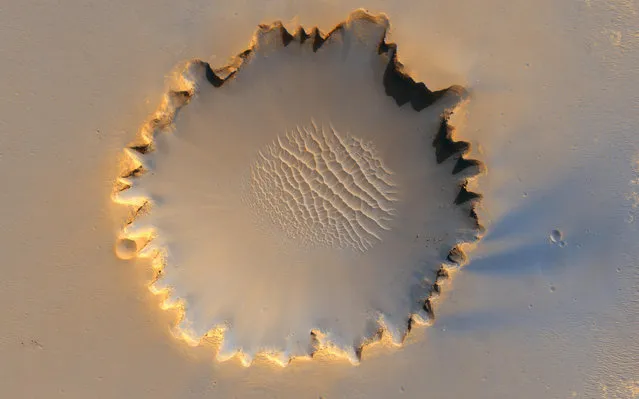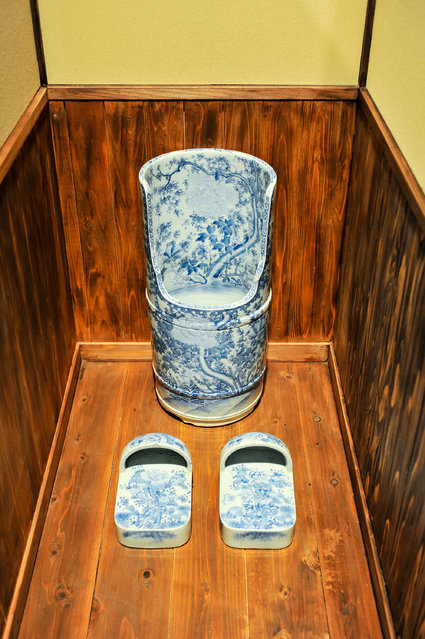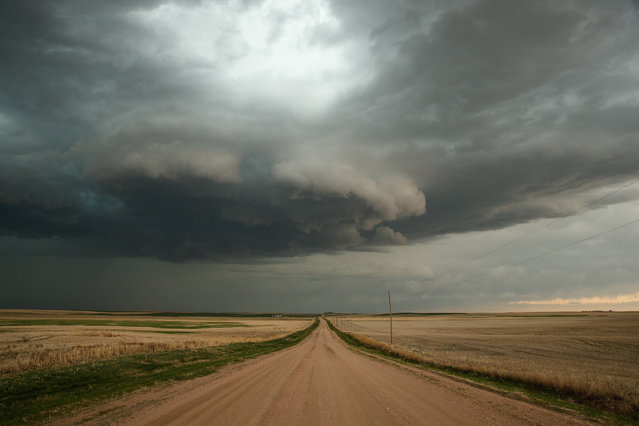
American model Kaia Gerber (L) and American actress Kate Hudson attend the “Shell” After Party during the Toronto International Film Festival at Elevation Pictures on September 13, 2024. In this dark comedy and body horror about society's obsession with youth and good looks, an actress (Elisabeth Moss) challenges a beauty firm CEO (Kate Hudson) over her company's questionable science. (Photo by ZUMAPRESS.com/The Mega Agency)
01 Oct 2024 04:15:00,post received
0 comments

